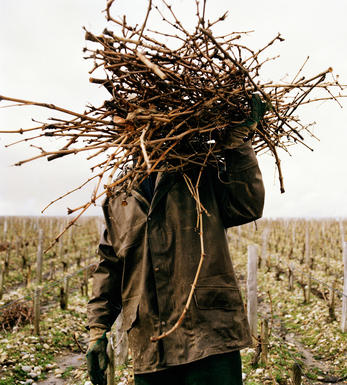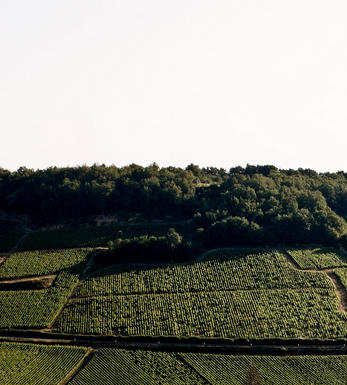
2021 Puligny-Montrachet, Le Cailleret, 1er Cru, Yves Boyer-Martenot, Burgundy

About this WINE

Boyer-Martenot
Boyer-Martenot seem to make better wines year after year. They are particularly praised for their Meursaults which combine the traditional fat, buttery fruit for which this village is renowned with a balancing crispness and fresh acidity.
The domaine is currently run by Vincent Boyer, the fourth generation of the family, who joined his father in 2002 and took over the following year. No herbicides have been used since he took over and he would like to go organic but so far has stopped short of taking the plunge.
There is a good range of village Meursault including l’Ormeau, Charrons, Tillets and Narvaux as well as 1ers Crus Charmes, Genevrières and Perrières. These are complemented by village Puligny and 1er cru Cailleret, purchased from Domaine Chartron in 1997. Bottling takes place immediately before the next harvest.
More attention is now being paid to the red wines than was previously the case. Alongside Auxey Duresses and Pommard is a rare red Meursault, even more unusual in that it comes from Les Pelles on the Puligny side of the village. It is an attractive, red fruited wine though.
The village wines are elegant and nutscented and are very approachable when young; while the excellent 1er Crus need 4-5 years before they fully reveal their full-flavoured, rich complexity. Of the latter Les Perrières is racy and steely, while Les Charmes, his best wine, is full-bodied, rich, honeyed and harmonious.
Jasper Morris MW, Burgundy Wine Director and author of the award-winning Inside Burgundy comprehensive handbook.

Puligny-Montrachet
Puligny was one of two villages (along with Chassagne) which gained permission in 1879 to hyphenate the name of its most famous vineyard, Montrachet, to its own.
The reputation of Puligny-Montrachet is based around its four Grands Crus. Montrachet labels often boast a noble, triumphant 'Le' in front of its name, lest you dare confuse it with any lesser wine. It has much to be proud of, with many considering Montrachet to be the greatest white wine in the world. At its best it has an intensity, complexity and elegance that make you wonder how such a wine could be made from mere grapes.
The luxurious and explosive Chevalier-Montrachet is not quite as deep, although it is probably the next best. Only marginally less impressive, and rather more consistent than Montrachet is the richly textured Bâtard-Montrachet (also shared with Chassagne). Bienvenues-Bâtard-Montrachet is equally good, with the focus on honeyed finesse and exquisite balance rather than richness.
These legendary wines are supported by a host of fabulous Premier Cru vineyards capable of reaching Grand Cru quality. Brimming with flavour and intensity, Le Cailleret and Les Pucelles (which both lie across the road from Le Montrachet) are prime candidates, along with Les Demoiselles, Les Combettes and Folatières.
Sandwiched between the larger Chassagne and Meursault, Puligny produces wines that are more striking than any in the Côte d’Or, portraying a floral elegance alongside a stylish, steely concentration. They are very different to Meursault: more refined and delicate, and less rich.
Village level Puligny-Montrachet from top growers can be very good indeed, but is all too often unexciting and disappointing. Grands Crus normally need at least eight years before they can be broached, and last for 20 or more. Premiers Crus should generally be enjoyed between five and 15 years of age; village wines from three to 10 years.
In theory, you can find red Puligny-Montrachet, but it scarcely exists anymore, and is rarely worth the price tag.

Chardonnay
Chardonnay is often seen as the king of white wine grapes and one of the most widely planted in the world It is suited to a wide variety of soils, though it excels in soils with a high limestone content as found in Champagne, Chablis, and the Côte D`Or.
Burgundy is Chardonnay's spiritual home and the best White Burgundies are dry, rich, honeyed wines with marvellous poise, elegance and balance. They are unquestionably the finest dry white wines in the world. Chardonnay plays a crucial role in the Champagne blend, providing structure and finesse, and is the sole grape in Blanc de Blancs.
It is quantitatively important in California and Australia, is widely planted in Chile and South Africa, and is the second most widely planted grape in New Zealand. In warm climates Chardonnay has a tendency to develop very high sugar levels during the final stages of ripening and this can occur at the expense of acidity. Late picking is a common problem and can result in blowsy and flabby wines that lack structure and definition.
Recently in the New World, we have seen a move towards more elegant, better- balanced and less oak-driven Chardonnays, and this is to be welcomed.


Buying options
Add to wishlist
wine at a glance
Delivery and quality guarantee